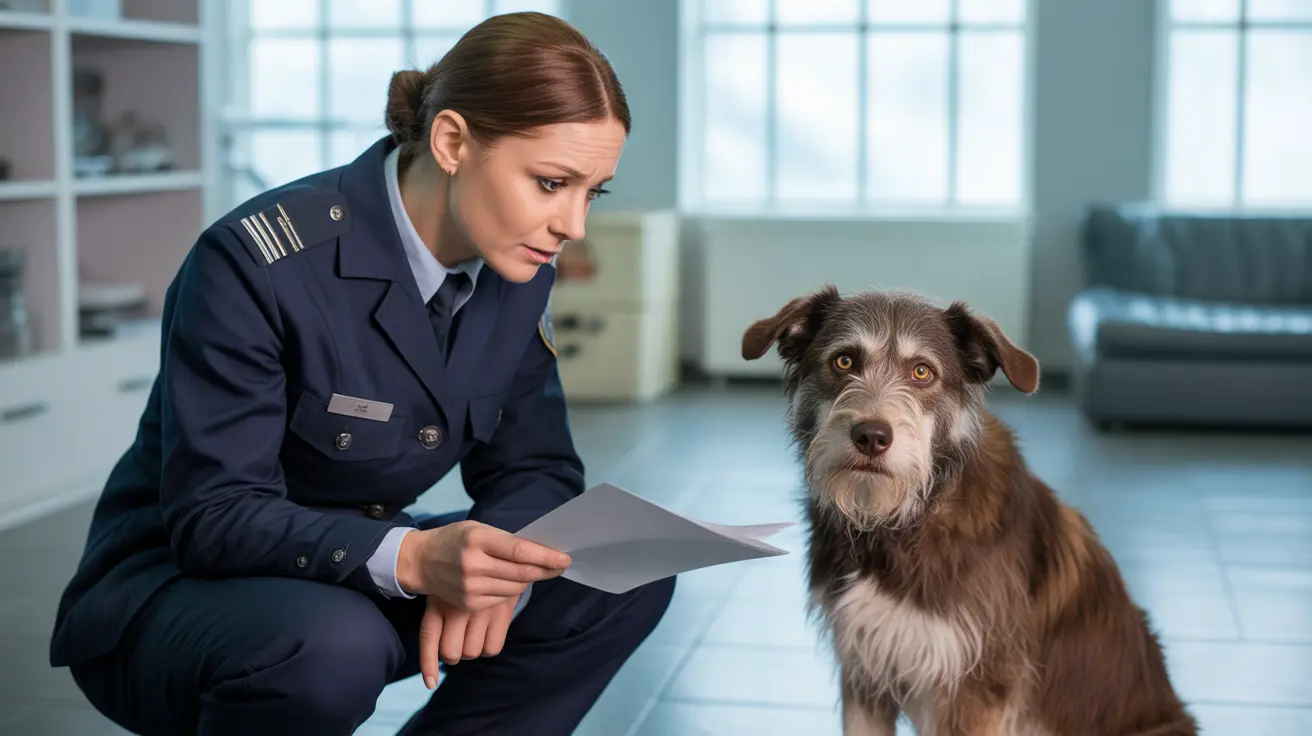Should You Cover Your Dog’s Crate at Night?
Creating a comfortable and secure space for your dog to rest is a cornerstone of effective pet care. One common question many pet owners have is whether to cover the dog crate at night. The idea stems from the principle that dogs naturally seek cozy, den-like environments for safety and relaxation. In this article, we’ll explore the potential benefits and considerations of covering your dog’s crate overnight, and how to best integrate this practice into your dog’s daily routine.
Why Dogs Like Den-Like Spaces
Dogs are den animals by instinct. They seek out enclosed, cozy areas when they are:
- Ill or injured: They feel safer in smaller, protected environments.
- Afraid: Loud noises, visitors, or new environments can drive dogs to seek familiar territory.
- Raising young: Nursing mothers naturally look for dens to secure their puppies.
- In need of rest: Dogs retreat to quiet places when they want to decompress from a stimulating environment.
Covering the crate can complement this natural behavior, making the space feel more enclosed and secure.
Benefits of Covering a Dog Crate at Night
- Encourages better sleep: A darker environment helps minimize distractions and can improve sleep quality.
- Reduces anxiety: Dogs that are stimulated by external sounds or light may feel more at ease when the crate is covered.
- Makes the crate feel like a den: Mimics the canine desire to rest in a quiet, enclosed area.
- Controls light exposure: Blocking harsh lighting can support a restful atmosphere.
When Not to Cover a Crate
While many dogs benefit from a covered crate, there are times when it may not be appropriate:
- Poor ventilation: Fully covering the crate may restrict airflow, especially with plastic crates. Always leave at least one or two sides uncovered.
- Destructive behavior: Some dogs may pull on or chew the cover, creating safety hazards.
- Claustrophobia or fear: If your dog shows distress when the crate is covered, such as barking, pacing, or drooling, the enclosed space may be too overwhelming.
How to Safely Cover a Dog Crate
To create a safe and comfortable environment, follow these tips:
- Use breathable fabric: Sheets or lightweight blankets are ideal. Avoid heavy, non-breathable materials.
- Leave partial visibility: Ensure one or two sides are not covered to maintain air circulation.
- Monitor your dog’s response: Observe behavior when the cover is in place—any signs of stress should be addressed promptly.
- Never cover for punishment: The crate should be a positive, safe space—not associated with negative experiences.
- Watch for overheating: In warmer temperatures, covering the crate can cause overheating. Monitor the environment carefully.
Choosing the Right Crate Type for Covering
The crate type can influence how effective and safe a cover is:
- Wire crates: Typically ideal for covering. These crates allow easy airflow and visibility, and many include dividers that are useful during puppy stages.
- Plastic crates: Naturally more enclosed; additional covering may not be necessary and can reduce ventilation too much.
- Fabric crates: Often soft-sided and used for short-term or travel use; they may already feel enclosed and might not benefit from additional covering.
Alternatives to Full Coverage
If full crate covering doesn’t suit your dog’s needs, consider these options:
- Create a cozy interior: Add a crate mat or padded bed to improve comfort.
- Place the crate in a quiet room: Minimizes noise and distractions without needing to cover the crate.
- Use a partial cover: Cover the back and one or two sides only.
- Opt for crate covers designed for pets: These products balance coverage with airflow and are often more secure and safe.
Monitoring Your Dog’s Behavior
A covered crate should promote calmness and sleep, not fear or distress. Watch for:
- Pacing
- Excessive barking
- Drooling
- Destructive chewing
If any of these occur, it may indicate the dog is not comfortable with the covering approach. In such cases, consider alternative methods of creating comfort.
Conclusion
Covering a crate at night can be beneficial for many dogs, especially if done with careful consideration to airflow, material safety, and the dog’s behavior. It can enhance the den-like experience and support better sleep and relaxation. However, each dog is unique, and it’s essential to assess their specific needs and reactions to determine whether this practice is appropriate. Ultimately, the goal is to create a safe, positive space that your dog can call their own.





